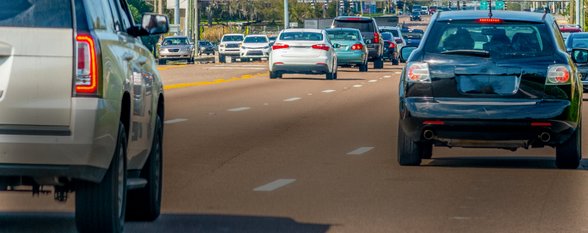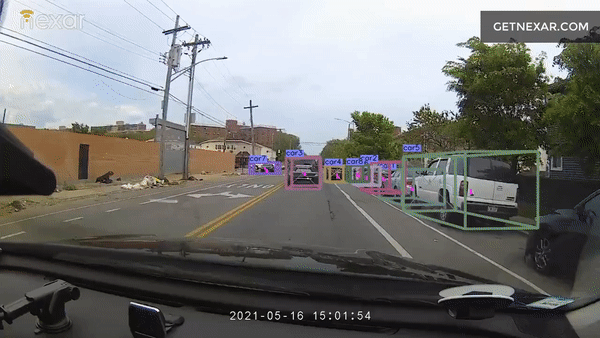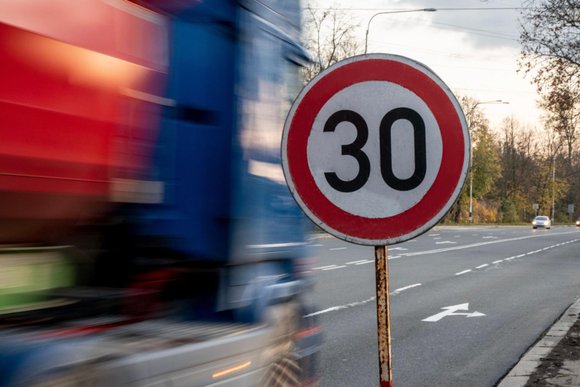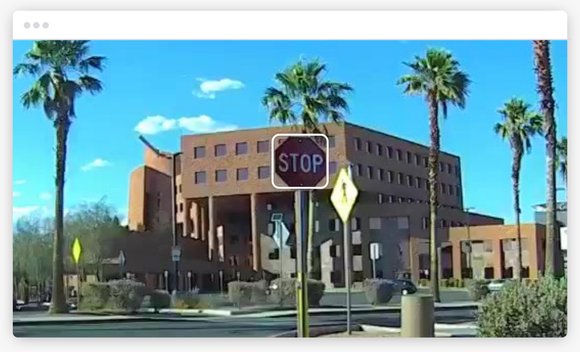Driver Behavioral Maps
Nexar’s Vehicle Behavioral Maps offers a valuable record of how other vehicles drive in the same road segments. It enables AV companies to better understand, measure, and benchmark safety-related behavior (stop lines, school zones, etc), as well as drive better based on road conditions, visibility, and more. By showing human behavior per road segment and overlaying it on a map, AVs can know where a lane change is common practice or where deceleration is taking place when cornering. This rich, nuanced, analytical evidence is a game changer for AVs, improving autonomous vehicle driving behavior and humanizing driving.







